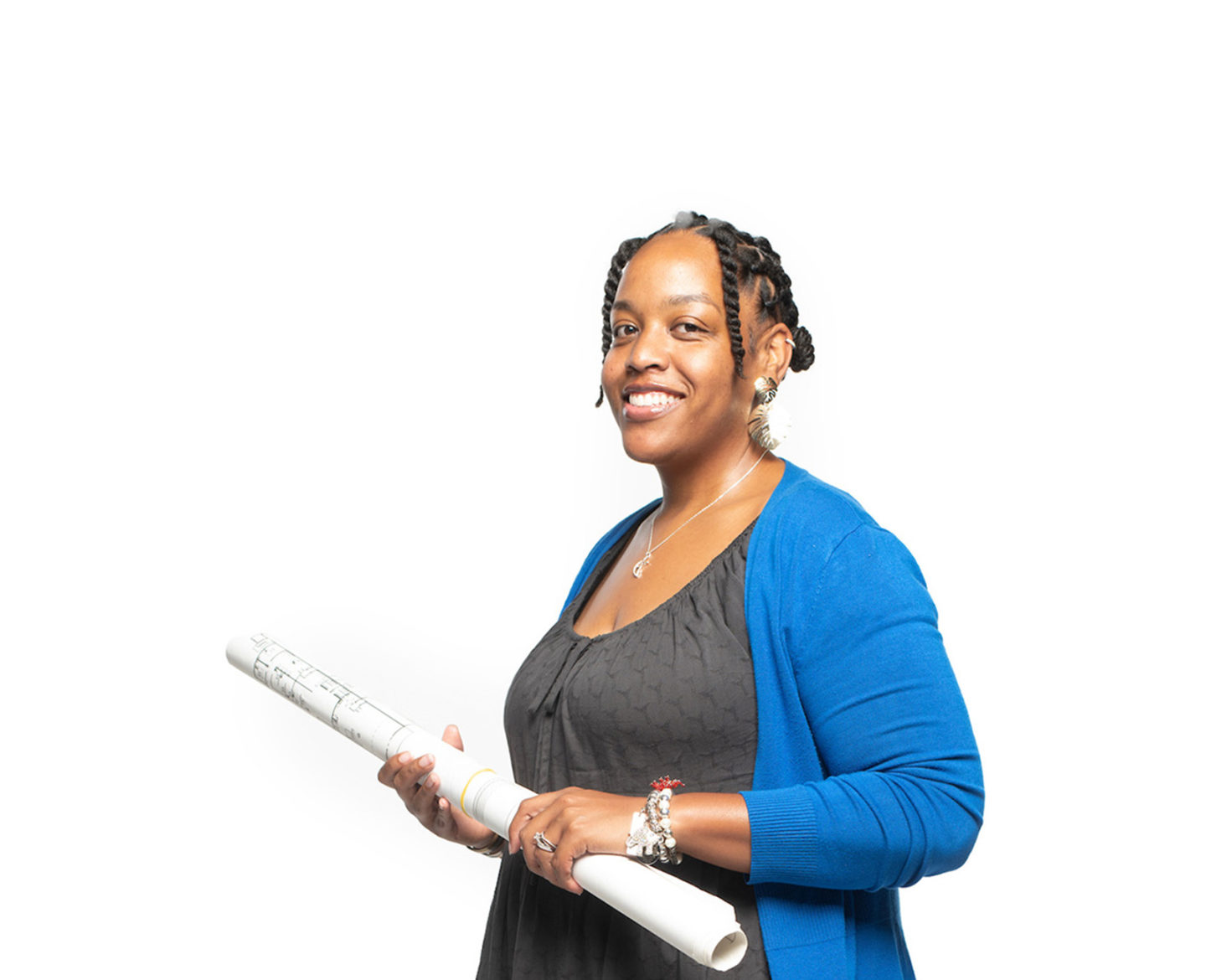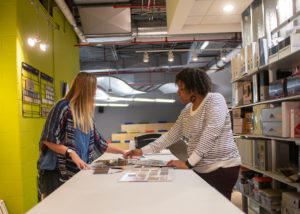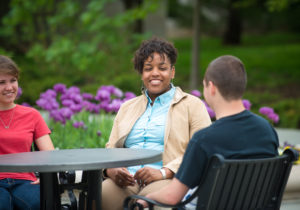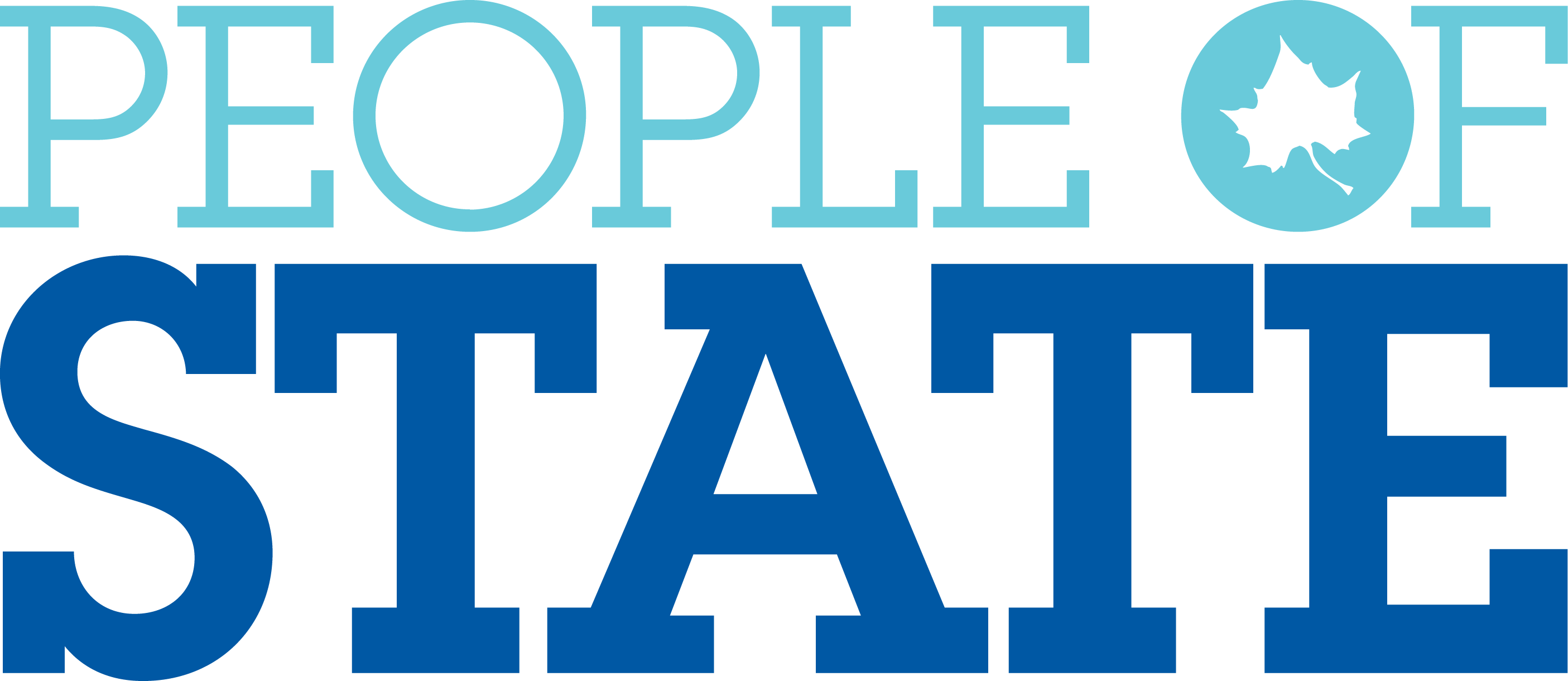
Azizi Arrington-Slocum
By Kasy Long
Sep 2, 2022
Azizi Arrington-Slocum is a poet—but you won’t find her work in books or anthologies. Instead, you’ll see her creativity expressed in buildings. Within homes. And in the classroom at Indiana State University.
Creating spaces that impact others is a form of poetic design, and Arrington-Slocum has been influencing future designers as an associate professor of interior architecture design at Indiana State University since 2011. Now, she coordinates the program in the College of Technology’s Department of Built Environment.
“Design is just like poetry. It’s a form of art,” Arrington-Slocum explained. “The way poems make us feel is the same with design. I love seeing how the buildings [we design] make us feel.”
Students in the interior architecture design program work on engaging, hands-on projects that push them to think outside the box. They learn the necessary fundamentals to design any type of building, including residential and commercial spaces. Through the program, students eventually design their preferred spaces and styles: residential homes, kitchens or bathes, corporate offices, historic buildings, hospitality businesses, healthcare corporations, and more.
“Our students learn the basics and then we let them get involved in their work so they can figure out what they love,” Arrington-Slocum said.

A lifelong fan of architectural design, Arrington-Slocum teaches the interior architecture design program’s computer classes, construction and detailing, and studio courses. Many of these studio courses incorporate design fundamentals and model building, and allow students to learn how buildings come together.
From a student’s first day in the program, she explained, they are provided with a ‘tool bag’ of sorts: classes, labs, and tools to learn proper hand drafting and rendering, sketching, and other key skills to succeed in their design careers.
“Our program is unique because we still require our students to sketch by hand,” Arrington-Slocum said.
Students are granted 24-7 access to the department’s labs, where they collaborate and support each other on immersive design projects. “Our students move through this program together. It’s great to see the community within the department,” she added.
Arrington-Slocum enjoys the program’s cohort-based learning environment. In her classes, she emphasizes experiential learning because, in her experience, students and designers learn best when they apply their skills to real-world concepts and projects.
“We encourage our students to be creative and use their imagination on every project,” she added.

Throughout the interior architecture design program, students work on a variety of creative projects—and many of these projects benefit the Terre Haute community. For instance, Arrington-Slocum has introduced healthcare practices to her classes—particularly how designers play a crucial role in improving healthcare centers. For one project, students drafted and designed a pediatric center.
With each project, students learn together in a collaborative setting where they support and mentor each other. And they witness how designers and architects make a difference for others.
“The students remind me that what I’m doing isn’t going to waste,” Arrington-Slocum expressed. “I’m watching them grow from being students to mentors on campus and then working professionals [after graduation]. They’re engaging in life experiences.”
The professor realizes she plays a role in her students’ professional development, but she credits them for making a difference in her own life, as well. “I impact my students, but they impact me, too.”
Arrington-Slocum extends this influence outside the classroom. Across the Indiana State community, she plays an instrumental role in shaping the minds of young African American students. Through the Charles E. Brown African American Cultural Center, she assists with the Student African American Sisters organization and the Young, Gifted and Black program—an intentional retention program to provide academic support, retention efforts, and cultural and social development for Indiana State’s African American students.
“It’s nice to build connections with these students I might not have in class, but I get to see their growth, as well,” said Arrington-Slocum.

Back in the classroom, Arrington-Slocum is available to support her students with her own real-world design experiences. Before joining Indiana State’s faculty in 2011, she worked as a project manager and designer in Florida. Today, she still sketches designs and consults clients in her spare time. Read more about her professional journey.
While conducting evidence-based research, pursuing independent studies, and working together on innovative team assignments, Arrington-Slocum’s students gain insight into what their own professional futures may hold.
They visit firms to meet with practicing designers; learn how healthcare facilities are designed to support patients and healthcare professionals; and meet with visiting alumni, who share “tricks of the trade” they have developed in their professions since graduation. Arrington-Slocum is pleased to see students express excitement about these experiences.
“They learn the basics, and then we [as the department] let the students get involved in their work,” she said. “They figure out what they love and how to collaborate on projects.”
Shaping minds is much like designing a living space. With dedication, passion, and creativity, Arrington-Slocum prepares her students for wherever their futures take them. But it all begins at Indiana State. Because creative designers wear Blue.


